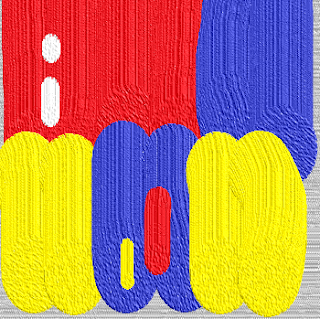■ Numbers possess the energy of the universe.
Numbers are not merely tools for calculation but are considered mystical symbols that embody the energy of the universe. This common perception is found in various cultures and philosophies from ancient times to the present. Numbers are not just means of representing quantities; they are significant in that they embody the order of the universe and serve as conduits for energy.
The Mystery of Numbers and the Energy of the Universe
The ancient Greek philosopher Pythagoras regarded numbers as fundamental components of the universe. He claimed, "Everything is number," believing that numbers encapsulate the fundamental truths of the physical world. Pythagoras and his followers viewed numbers not simply as tools for calculation but as symbols that express the energy of the universe. For instance, the number 1 signifies the source of all things, unity, and beginnings, while the number 2 symbolizes duality, balance, and opposition.
In Eastern philosophy, numbers also play a crucial role. In Chinese Yin-Yang and Five Elements theory, numbers are used to explain the cycles and changes in nature and the energy contained within. Yin and Yang are each represented by the number 2, and the Five Elements (wood, fire, earth, metal, and water) represent the interactions of the five elements. These numbers provide essential guidance for understanding the energy of the universe and pursuing a harmonious life.
The Energy of Numbers in Modern Science
In modern science, numbers continue to play an essential role. Mathematical equations in physics are vital for explaining the workings of the universe. Einstein's theory of relativity and the mathematical models of quantum mechanics are attempts to understand the complex energy of the universe through numbers. Numbers are perceived not merely as human inventions but as essential elements containing the universe's energy.
Additionally, numerology is a discipline that interprets a person's character, destiny, and energy through numbers. Numerologists believe that each number possesses unique energy that influences a person's life. For example, the number 7 symbolizes spiritual quest and wisdom, while the number 8 represents material success and power.
Conclusion
Numbers are mystical symbols that contain the energy of the universe, far beyond simple signs or tools for calculation. From ancient philosophy to modern science, numbers have played a crucial role in understanding and expressing the order and energy of the universe. Recognizing the energy of numbers and applying it to life can be a crucial guide for achieving harmony with the universe. From this perspective, numbers are indispensable tools for exploring the mysteries of the world around us and beyond.















